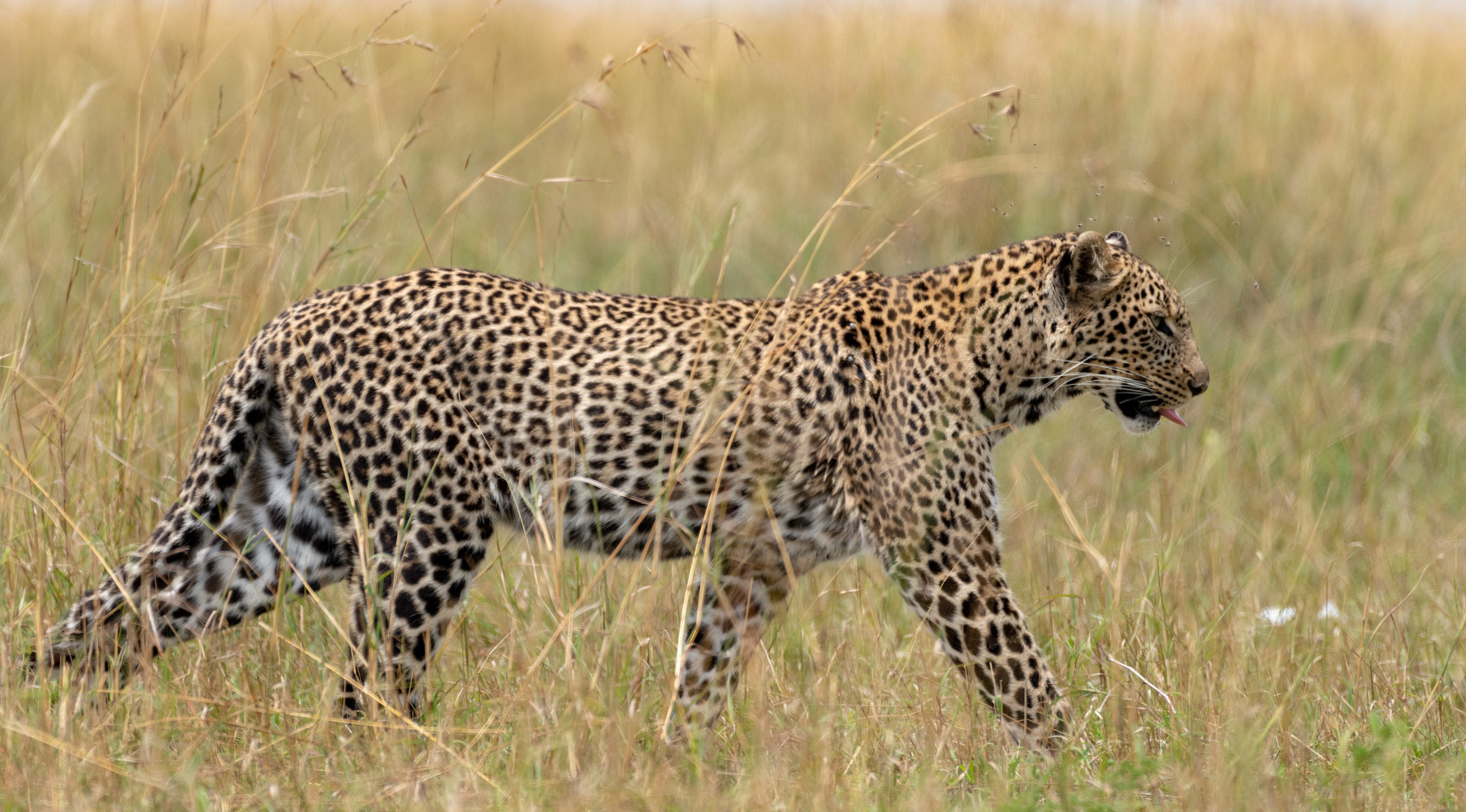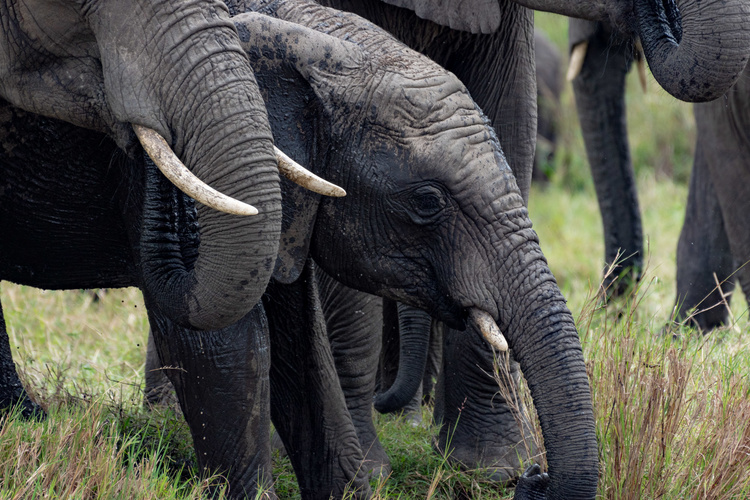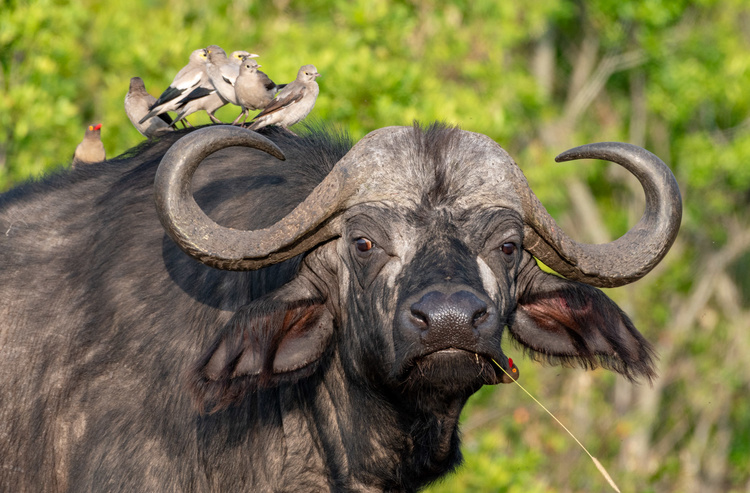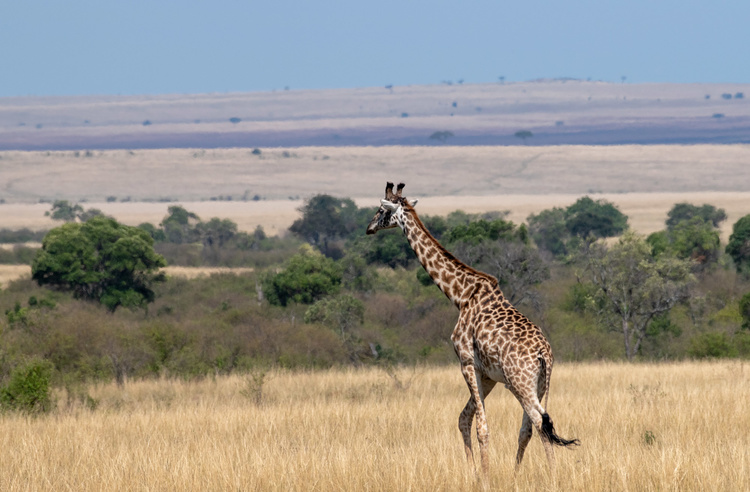Short safari to Masaï Mara
From US$1,819 per person
Itinerary
-
Day 1Nairobi - Masaï Mara
Early departure from Nairobi to try to avoid the many traffic jams that slow down traffic at the city gates. After the northern expressway, we head due west towards Narok. Villages and small towns follow one another, and the roadside scenes gradually reveal some of the habits of Kenyan life.
After Narok, you're on Masai land, with fewer villages as you approach the Masai Mara reserve. It's also an opportunity to meet a few shepherds and their flocks along the way.
After lunch, first game drive in search of wildlife, birdlife, nature and scenery. Spanning some 1,510 km² along the border with Tanzania, the Masai Mara is by far the country's best-known and most visited game reserve. A World Heritage Site, the Masai Mara is the Kenyan extension of Tanzania's Serengeti National Park. The reserve's name is derived from the river that flows through it, Mara, and the people who live there, the Masai. It is home to a rich fauna, with 2.5 million herbivorous mammals that delight the reserve's predators. -
Day 2Full Day Masaï Mara
Full day spent exploring the park in search of the big Five. This is your last day in the park. The Mara River means “stained” river in the Masai language. It reflects the savannah landscape dotted with umbrella acacias, green and russet grasses, and silver-leaf croton bushes.
Since colonial times, the park has held its reputation as one of the world's finest wildlife observatories.
The reserve has a large population of lions, leopards, hyenas and jackals. The savannah is home to some 450 bird species, including ostriches, waders and rare, majestic eagles.
Twice a year, the animals migrate from one reserve to another in search of the best grazing. Wildebeests and zebras gather in their millions during this transhumance. The group can be dozens of kilometers long! The most moving part of this spectacle takes place in July.
Option : Early morning Air Balloon Safari that can be arranged locally and payable directly. -
Day 3Masaï Mara - Nairobi
Breakfast and depart for Nairobi arriving in the afternoon, end of our services.
Feel free to add another day - contact us
Prices
Price conditions for your safari in Kenya
Price Per Person
Price Include
- Transport in a tour mini-bus with a pop-up roof or 4x4 (depending on the option chosen)
- Unlimited kilometers
- Services of our professional English-speaking driver guide
- National parks Entry Fees
- Drinking Water (refer below)
- Hotel accommodation on Full Board basis sharing room (refer below)
Not Included in the Price
- Visa fee
- International flight
- Transfers where not applicable
- Travel and cancellation/medical insurance cover
- Hotel accommodation in Nairobi
- Single Room (under single Supplement terms)
- Beverages, Alcohol, Spirits
- Reusable Water Bottle for refilling (Very Important)
- Photographic fee with the local people
- Eventual tips
- Any items or expenses of personal nature
- Any other items not mentioned in the inclusions
Travel info
Here is
some practical information for your safari in Kenya
Accommodation
during your safari in Kenya
- Sentrim Mara tented lodge (inside park)
- Ol Darpoi Mara camp (outside park)
Transport in safari
Other
Useful Information to travel in Kenya
- No plastic bags in to Kenya
- No plastic bottles in the Game Parks and Reserves
- Carry your COVID Vaccination Certificate
Entry requirements for Kenya
- Mandatory passport valid 6 months after your return date
- Since January 4, 2024, entry to Kenya has been subjected to an electronic travel authorisation (ETA), in place of a visa.
Sanitary conditions for Kenya
- Yellow fever
- Malaria
- Consult your GP or an International Vaccination Centre to assess your state of health and receive health recommendations, particularly concerning vaccinations
- Set up a personal pharmacy
Climate
What to
Pack for your safari in Kenya
- Good quality sandals
- Good quality light walking shoes
- Casual shoes for evenings
- Fleece jacket or warm sweater
- Practical safari jacket
- T-shirts
- Short and long sleeve shirts or blouses
- Shorts and long casual trousers
- Casual light dresses or skirts
- Enough underwear, socks and hankies
- Bathing suit
- Toiletries, lip balm and scarves
- Miniature wet towel and Kleenex (enough)
- Small backpack
- Small reusable water bottle
- Small flashlight or headlamp
- Safari hat or cap
- Personal medication
- Important Quality mosquito/insect repellent (for body)
- Waterproof sun blocker cream/sunscreen
- Good quality sunglasses
- Binocular and Guidebooks
- Camera with extra battery and memory card




